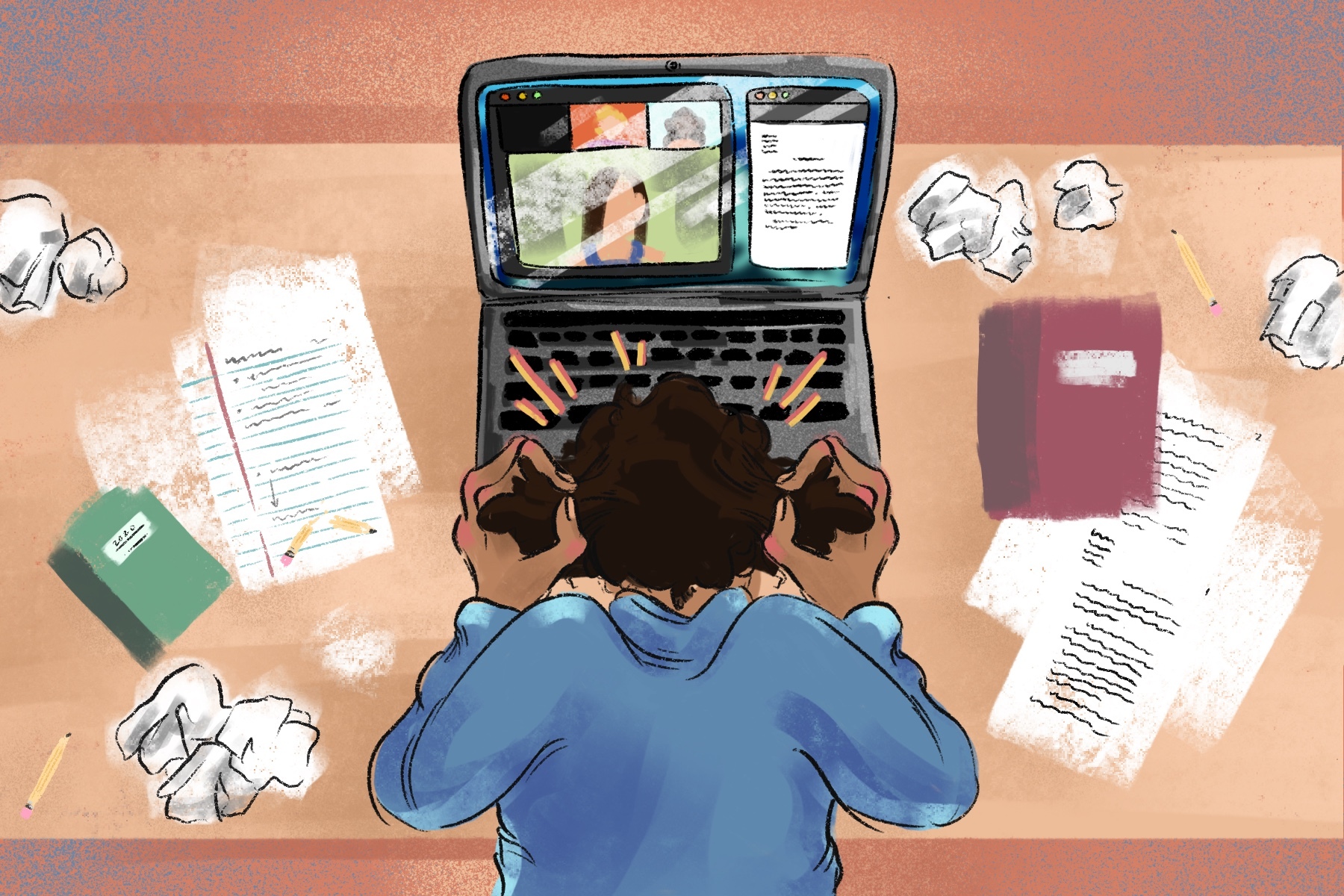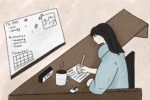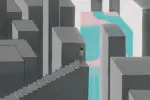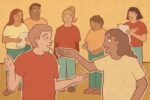As the coronavirus pandemic worsened in the United States, schools across the nation shut down with little to no warning. Remote learning was suddenly forced on students with most schools and teachers ill-prepared for the shift. Teachers had no experience with remote learning, some students didn’t have access to the technology and many parents were unable to help out.
Sometimes, students didn’t bother turning up for classes or completing work at all because they didn’t have access to wireless internet, had to work or they needed to care for family members. In Coatesville Area School District (CASD) in Pennsylvania, 15% of its over 5,700 students were unaccounted for. Meanwhile, in Los Angeles Unified School District (LAUSD), during the month of March, 13% of high school students were absent online and didn’t do any schoolwork, and one-third of students were not regularly participating in remote learning. This problem wasn’t just limited to CASD and LAUSD. It was widespread throughout the United States.
Academic growth has slowed with few students motivated by remote learning, whether it’s through Zoom, Google Classroom or Microsoft Teams. Most educators believe students were less focused than during regular school hours, and 22% of parents speculate that their kids spent less than one hour on schoolwork each day. In some places, such as Paxton, Illinois, districts asked teachers not to cover new material for fear that some kids would inevitably fall behind. Due to inequalities in learning resources and home life, many school districts also instituted pass/fail or “no harm” grading policies. However, these decisions also encouraged students to simply slack off.
With most schools now on summer break, the past three months show that remote learning was a failure. According to projections by the Northwestern Evaluation Association, students will return to school in the fall with roughly 70% of learning gains in reading relative to a typical year. In math, learning gains will be less than 50%. Greater losses are expected for minorities and low-income students due to a gap in remote learning access. If remote learning continues in the fall, these losses will only grow.
While schools are restructuring their curriculums for the next semester, there are easy ways to mitigate the loss in learning gains, whether it’s for yourself, a sibling or a child.
Library Summer Reading Programs
Most libraries host some sort of summer reading program for kids and teens, and some even host programs for adults. Sign up for these programs and follow along so you can make sure you’re constantly learning and improving through reading. Many of these programs even incentivize you to read by offering prizes for reading a certain number of books or words, such as books, coupons for local businesses or even gift cards.
As Dr. Seuss once said, “The more that you read, the more things you will know. The more that you learn, the more places you’ll go.” Books cover an abundance of subjects, and you might even be able to learn a new skill.
Mentoring Sessions Via CovEd
CovEducation, or CovEd, is an initiative started by undergraduate students from Harvard and MIT. College students from top schools around the country serve as mentors and offer free tutoring services to anyone in K-12 who needs it. With thousands of tutors available, you can get mentoring in any subject you need help in. Reach out to mentors on CovED to review and get refreshed on topics from the previous year so you feel prepared. You can also use CovEd’s mentoring service to prepare for upcoming standardized tests.
Coursera
If you have some extra time on your hands this summer, Coursera is offering college students full access to their courses for free. You simply need to enroll by July 31, and you’ll have free access to your enrolled courses through September 30.
If you aren’t a university or college student, you still have a lot of options with Coursera’s free courses; taking them over the summer is a lot cheaper than paying for their equivalents from a traditional institution. Although you probably won’t earn credits for the courses you take, you can still prepare for the upcoming school year
Virtual Apple Camp
Apple has hosted free in-store camp sessions over the summer for the past few years for kids ages 8 through 12 to develop their technical and creative skills. This summer, the camp will go online and will include live sessions and a virtual activity book. It’s a fun opportunity to get a jumpstart on videography, design and coding. Plus, it will help familiarize you with your iPad, iPhone or Mac and see the devices in a new light.
Khan Academy
Khan Academy has always been free, but due to COVID-19, they have designed daily schedules for students K-12. These schedules are available in a wide selection of different languages, including Spanish, French and Chinese. Many of the courses on Khan Academy correlate directly to courses you’ve taken. You can learn new material as well as review old concepts.
Summer break might feel a little more uncertain with so many unknowns on the horizon, but it’s still possible to keep busy and actively learn, even as the COVID-19 pandemic rages on.
















